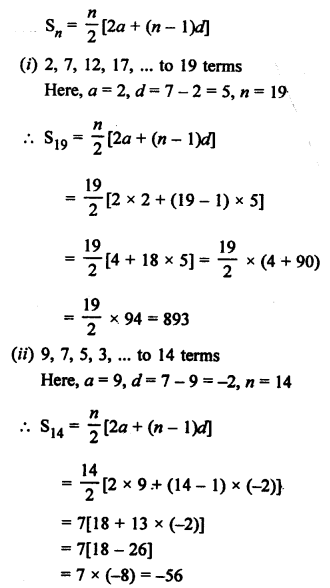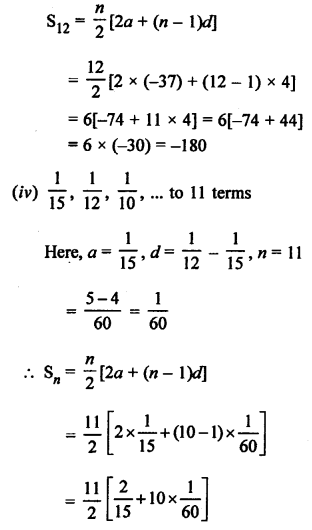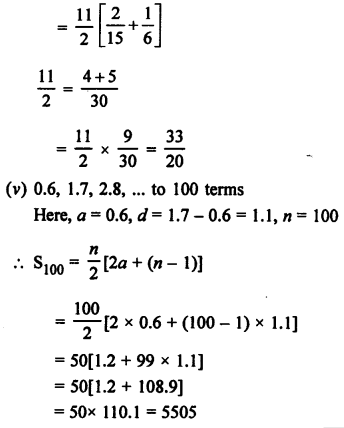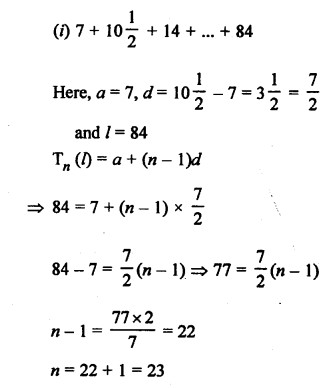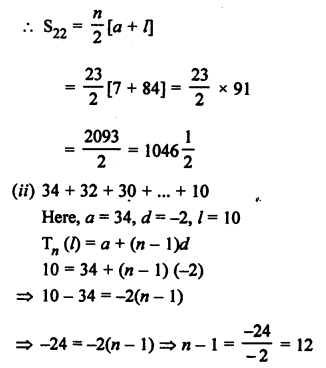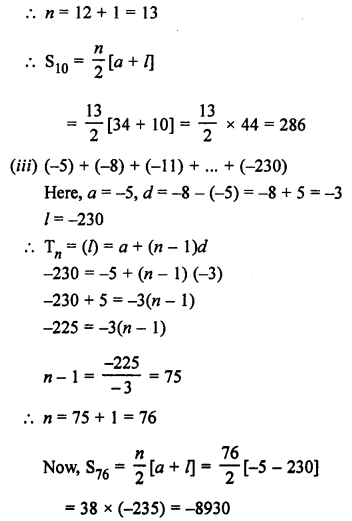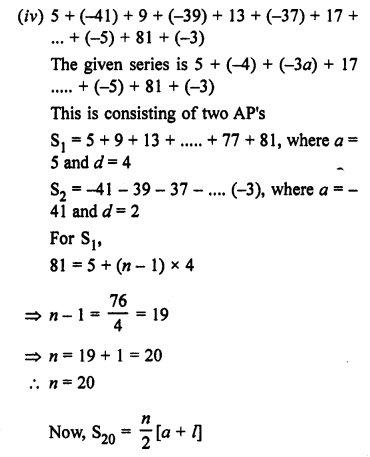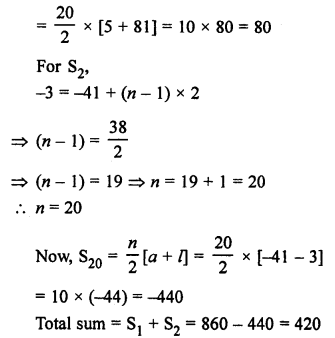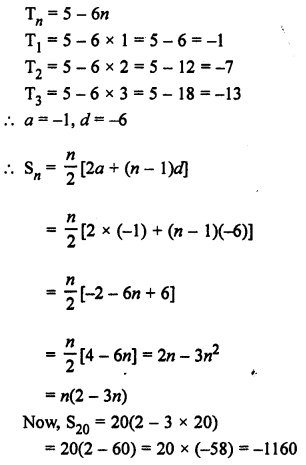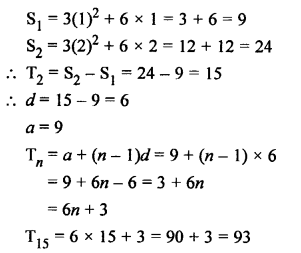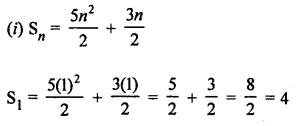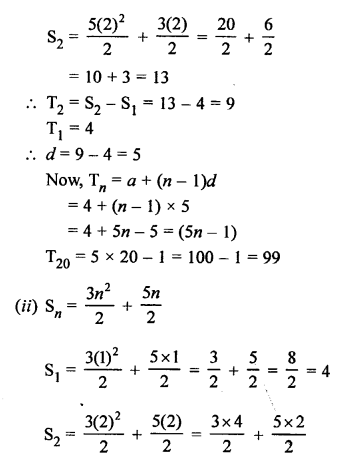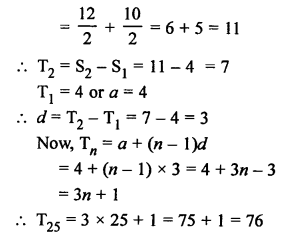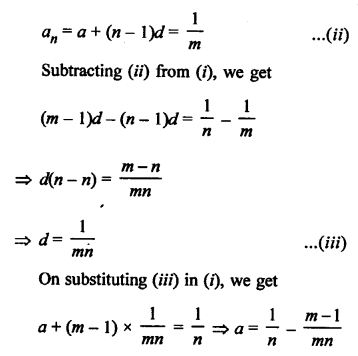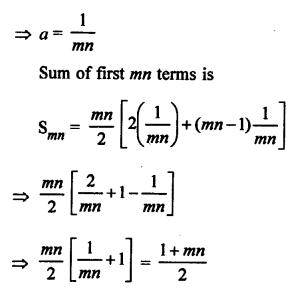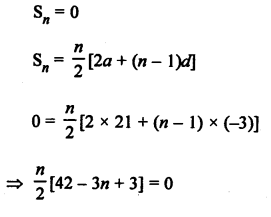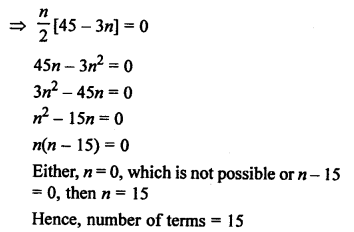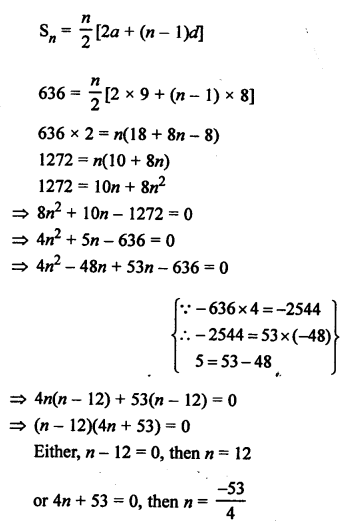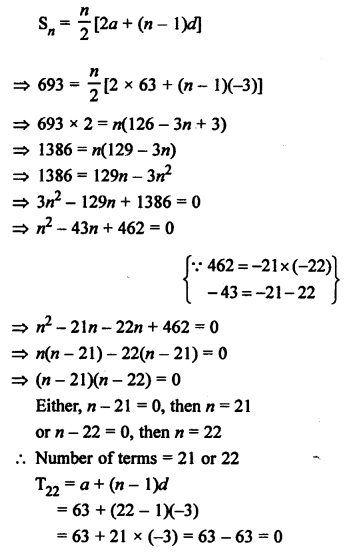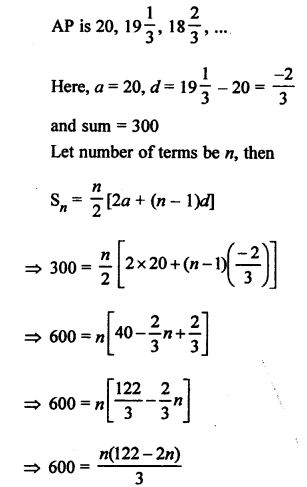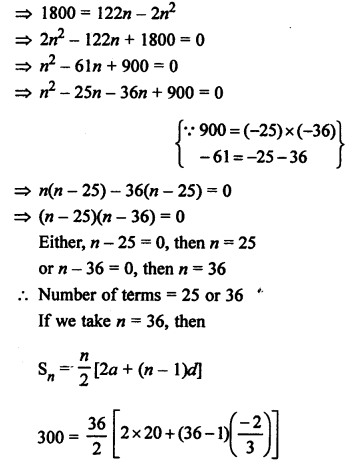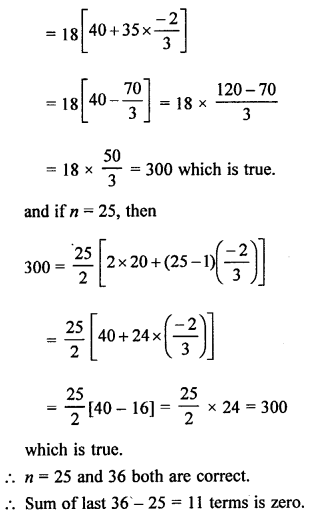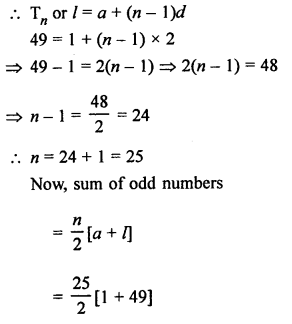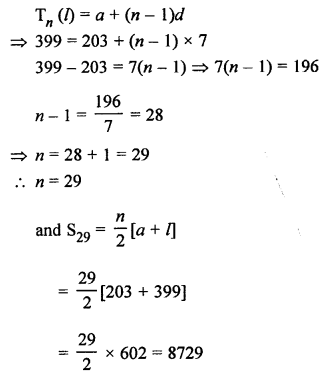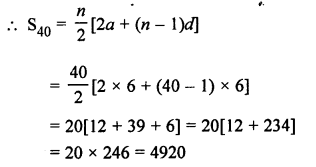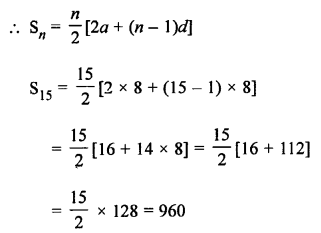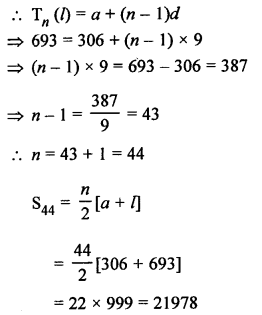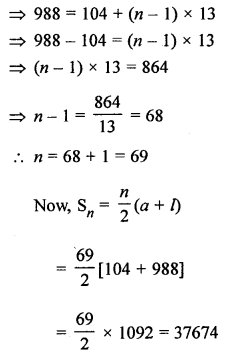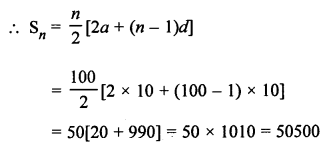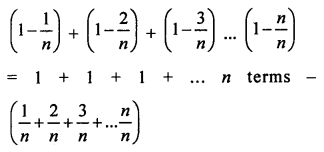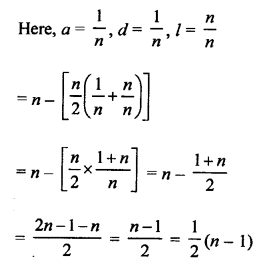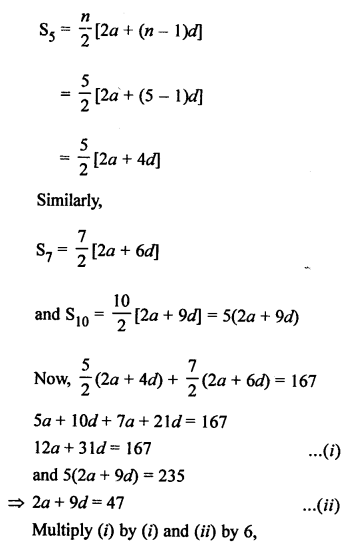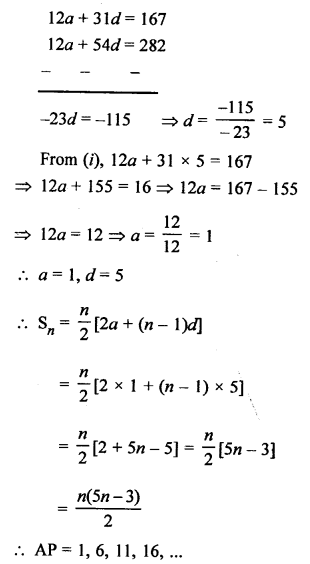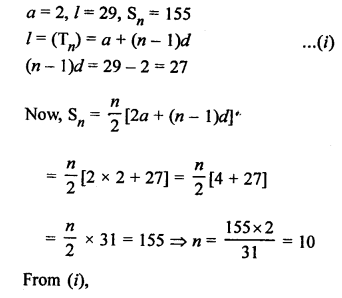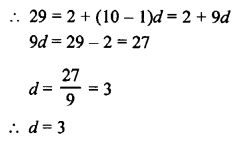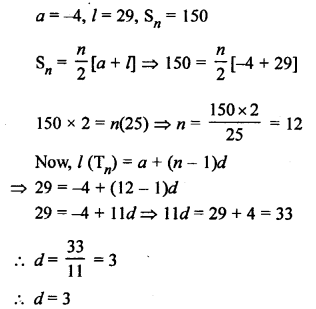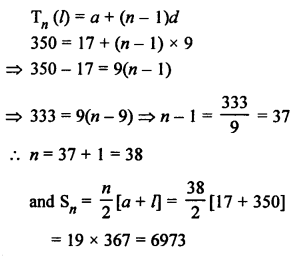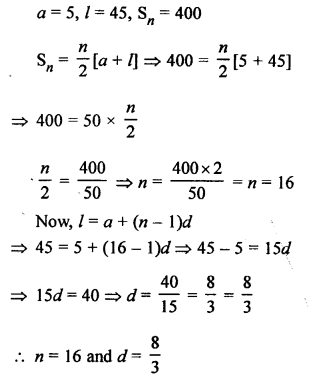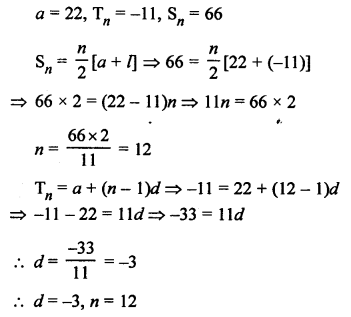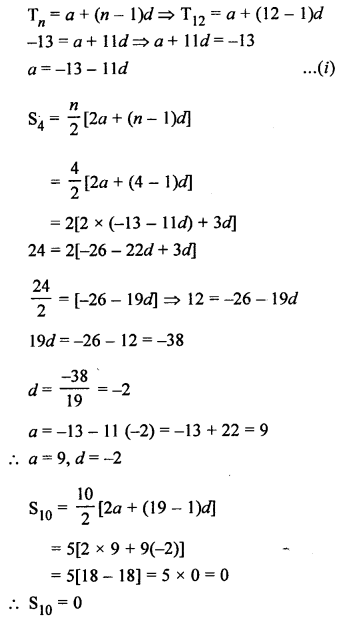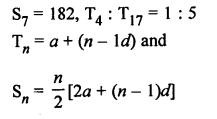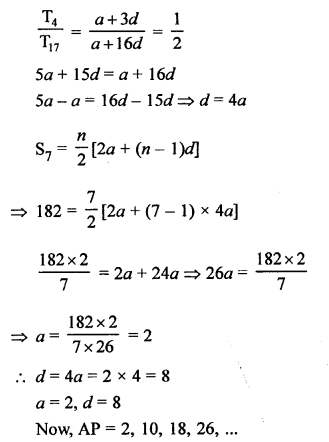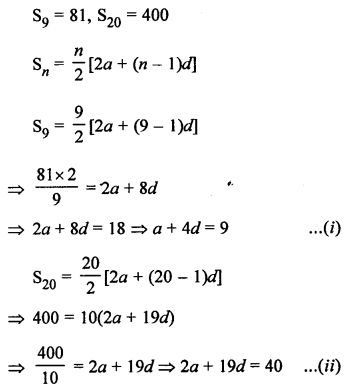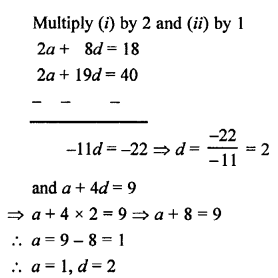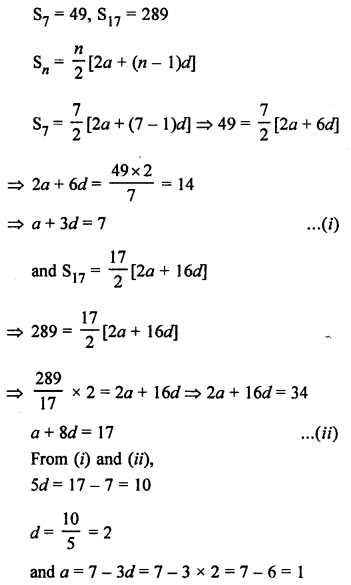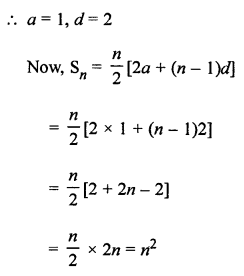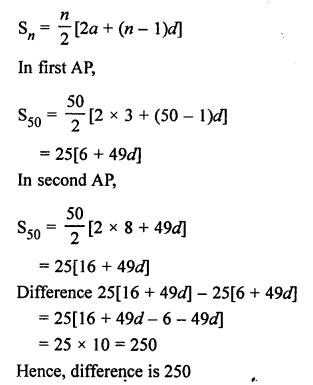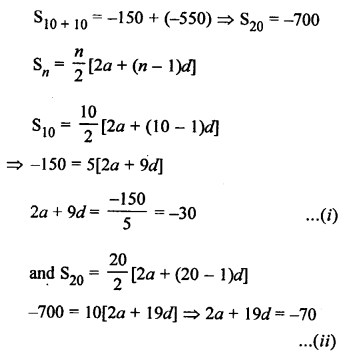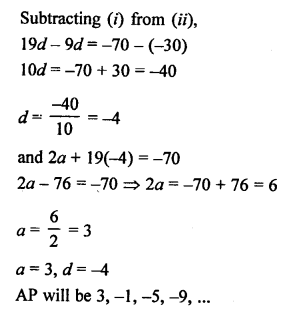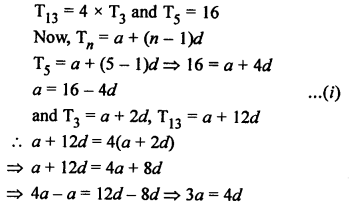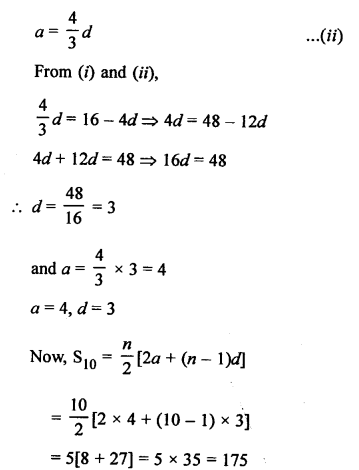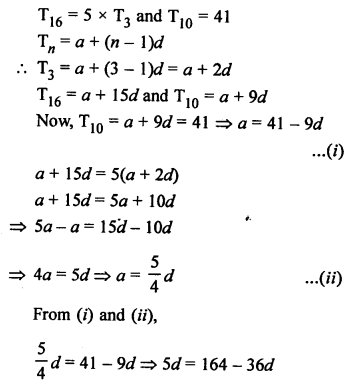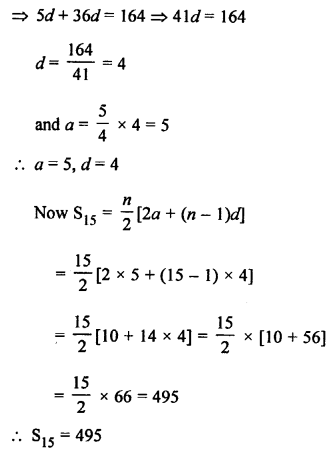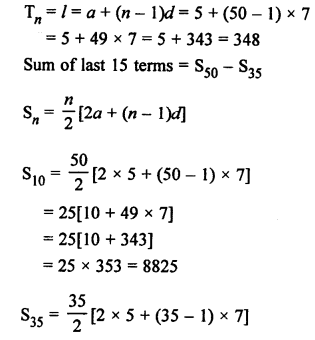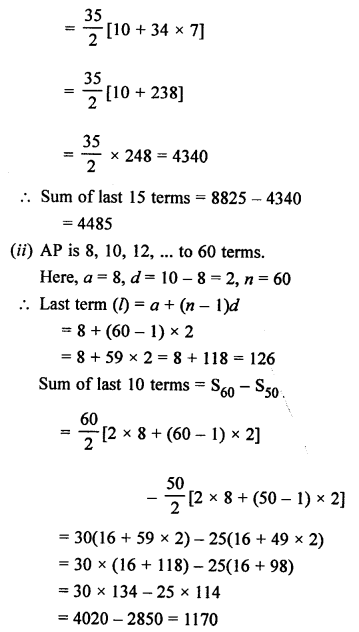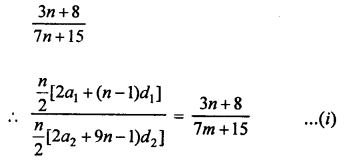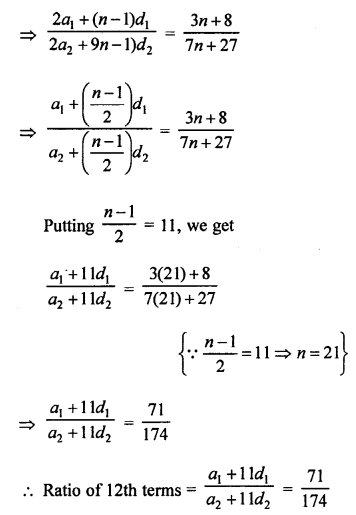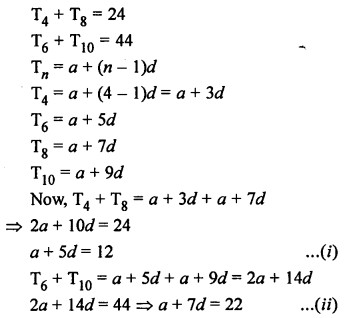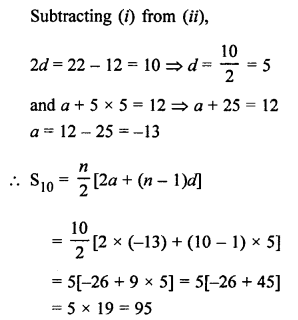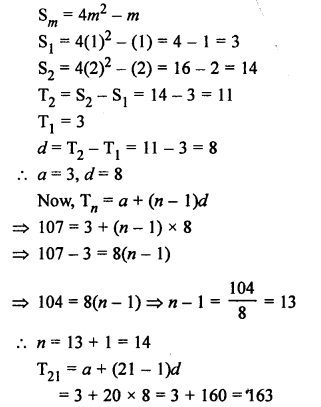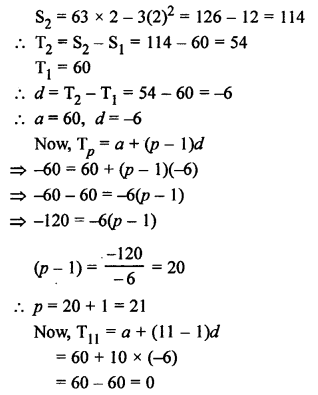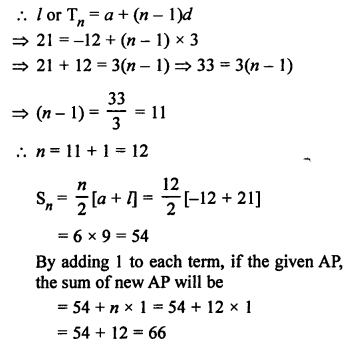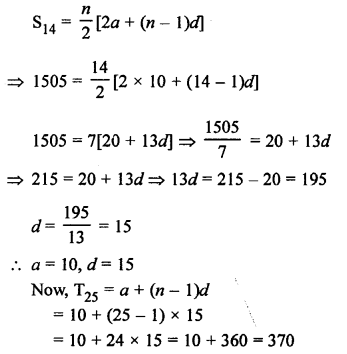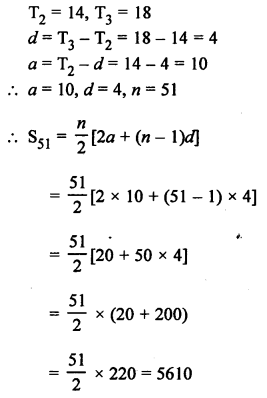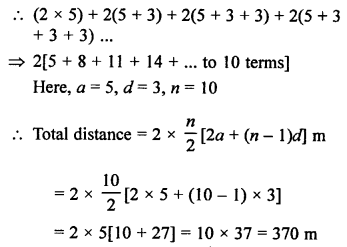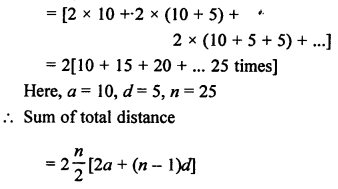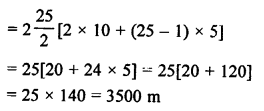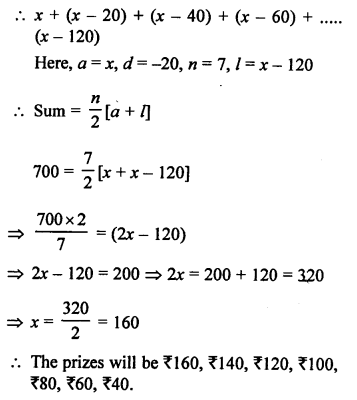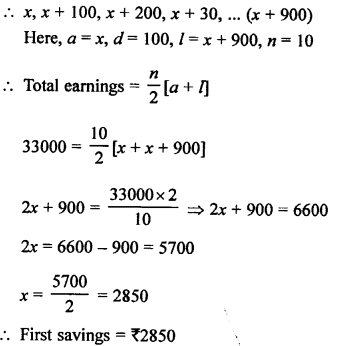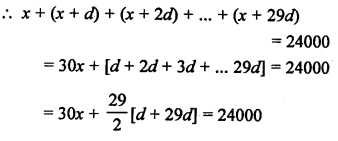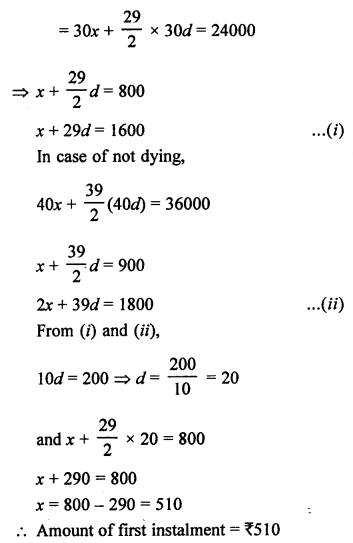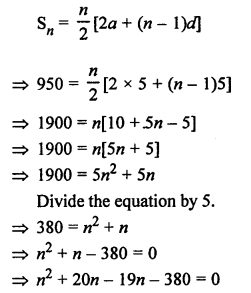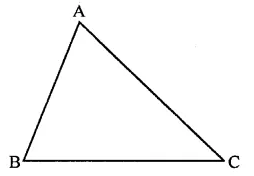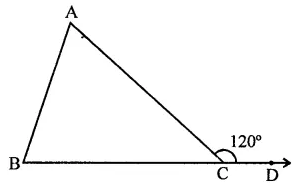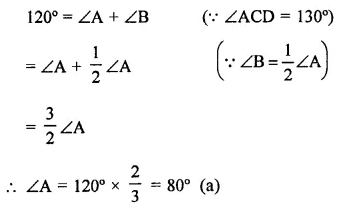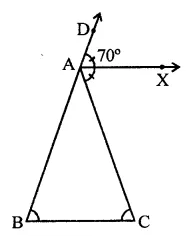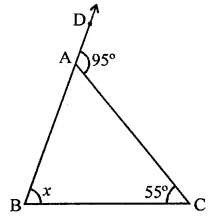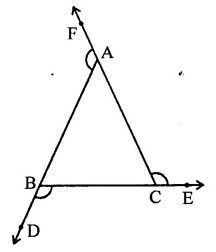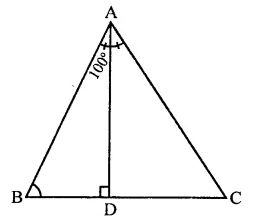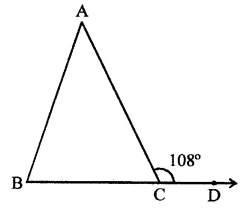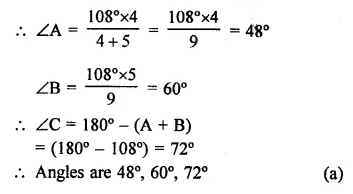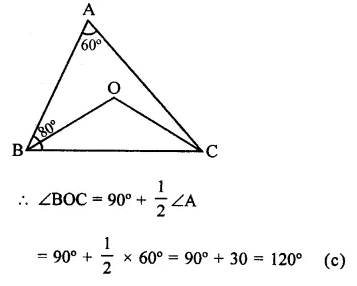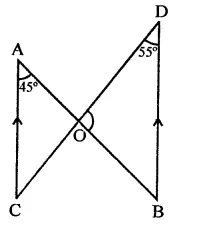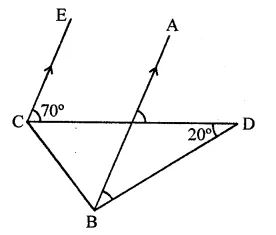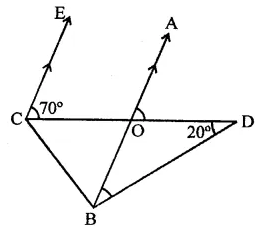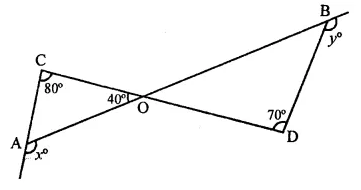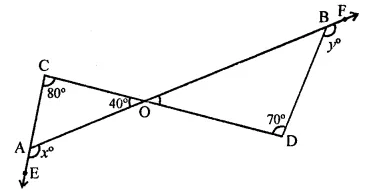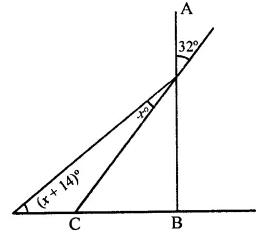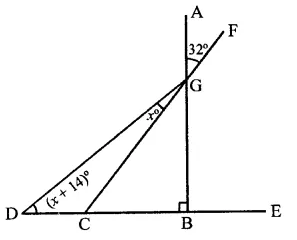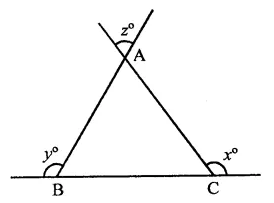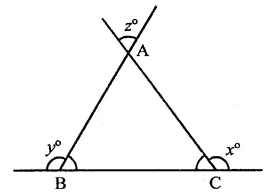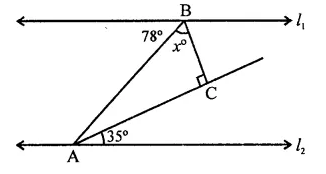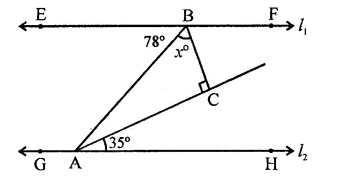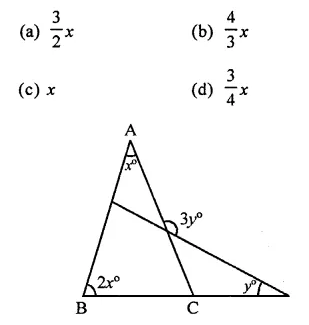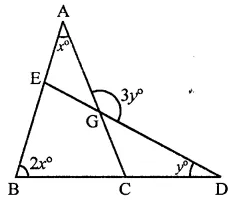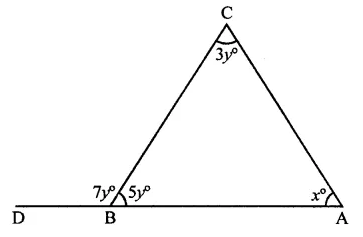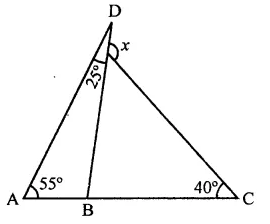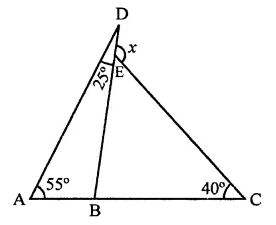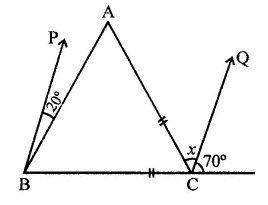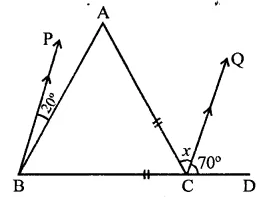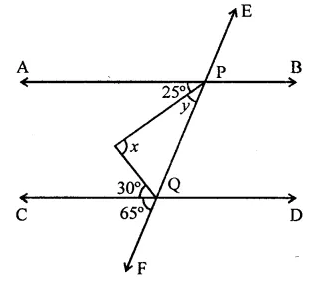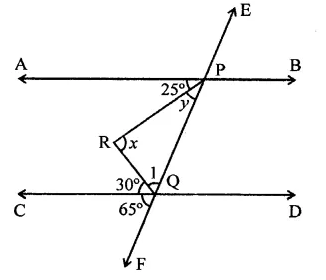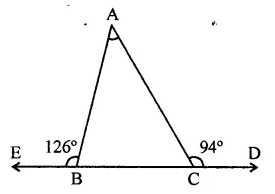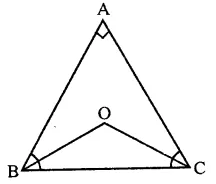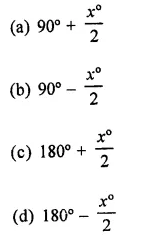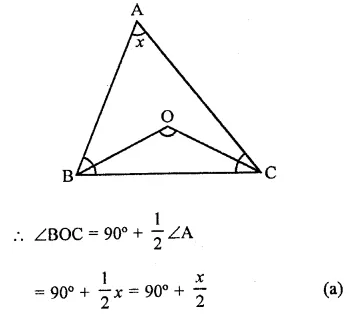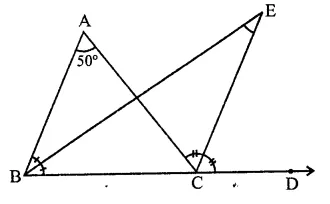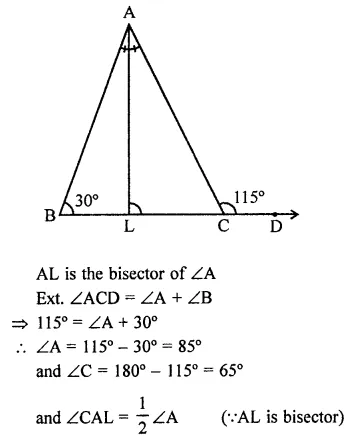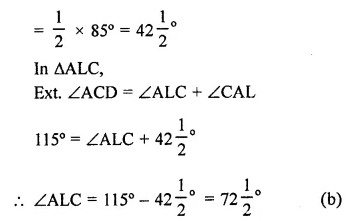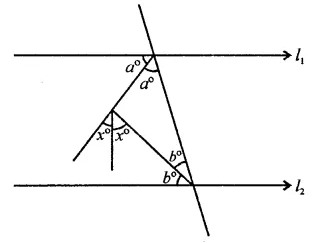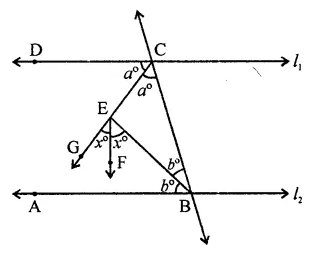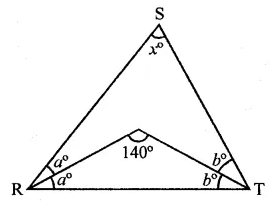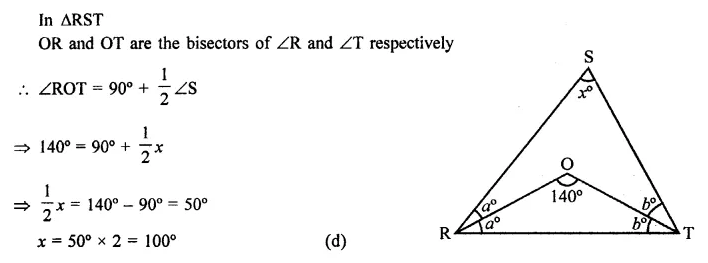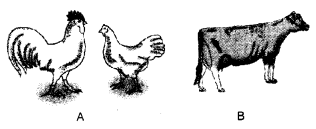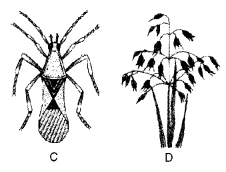NCERT Solutions for Class 9 Science Chapter 15 Improvement in Food Resources
These Solutions are part of NCERT Solutions for Class 9 Science. Here we have given NCERT Solutions for Class 9 Science Chapter 15 Improvement in Food Resources. LearnInsta.com provides you the Free PDF download of NCERT Solutions for Class 9 Science (Biology) Chapter 15 – Improvement in Food Resources solved by Expert Teachers as per NCERT (CBSE) Book guidelines. All Chapter 15 – Improvement in Food Resources Exercise Questions with Solutions to help you to revise complete Syllabus and Score More marks.
More Resources
NCERT TEXT BOOK QUESTIONS
IN TEXT QUESTIONS
Question 1.
What do we get from cereals, pulses, fruits and vegetables ?
Answer:
Cereals: Mostly carbohydrates
Pulses: Mostly proteins
Fruits: Vitamins, minerals, organic acids.
Vegetables: Vitamins, minerals, small quantities of proteins, carbohydrates and oil.
Question 2.
How do biotic and abiotic factors adversely affect crop production ?
Answer:
Biotic factors are living organisms that reduce crop productivity due to either directly feeding on them
(e.g., insects, rodents) or causing diseases (e.g., nematodes, mycoplasmas, bacteria, viruses, fungi).
Abiotic factors are non-living components of environment that affect growth of crop plants like excess of water (water-logging), scarcity of water (drought), salinity, heat, cold or frost. Water logging reduces aeration of soil which is harmful to growth and functioning of roots. In drought, water is not available to meet the requirement of the plants for transpiration, growth and photosynthesis. Frost, cold and heat reduce or inhibit metabolic activities and are, therefore, harmful.
Question 3.
What are the desirable agronomic characteristics for crop improvement ? ( CCE 2015)
Answer:
They are different for different crops.
Cereals should be dwarf but with large ears. Dwarfness makes their stem stronger. They can withstand lodging effect of strong winds. Nutrient requirement is also less. Large ears produce more grains.
Legumes should have more pods which generally develop in relation to stem branching. Therefore, more branching and good foliage increase their productivity.
Fodder crops meant for feeding catde must have profuse branching, good foliage, juicy stems and large size.
Question 4.
What are macronutrients and why are they called macronutrients ?
Answer:
Macronutrients are essential elements required for growth and reproduction of plants. They are called macronutrients because they are required in larger quantities forming more than 1 mg per 1 gm of dry matter.
Question 5.
How do plants get nutrients ?
Answer:
Plants obtain nutrients from air, water and soil. Air is the source of carbon and oxygen. Hydrogen is obtained from water. The remaining thirteen elements are got directly from soil through root absorption.
Question 6.
Compare the use of manure and fertilizers in maintaining soil fertility.
Answer:
| Manure | Fertilizer |
| Nature. Manure is semidecomposed organic matter. | Fertilizer is a chemical formulation. |
| Preparation. It is prepared from natural materials like plant residues and animal residues. | It is synthetic being formed from chemical salts. |
| Mineral Content. It contains only a small quantity of mineral salts. | Fertilizers contain pure mineral salts or their precursors. |
| Specificity. It is not nutrient specific. | It is nutrient specific. |
| Organic Matter. It adds organic matter to the soil. | There is no addition oforganic matter. |
| Quantity. It is required in large quantity. | It is required in small quantity. |
| Nutrient Availability. Nutrient availability is moderate. Nutrients are released slowly. | Fertilizer possesses readily available plant nutrients. |
| Transport. Manure is bulky. It is very difficult to transport it to longer distances. | It has smaller bulk. Fertilizers can, therefore, be transported easily to long distances. |
| Storage. Manure cannot be stored for long. | Fertilizers can be stored for long duration. |
| Soil. It helps in maintaining soil texture, its hydration and aeration. | It can harm soil texture and other soil characters. |
| Excess. Excess manure is not much harmful. | Excess fertilizer is harmful to plants. It also causes pollution. |
Question 7.
Which of the following conditions will give the most benefits ? Why ?
(a) Farmers use high quality seed but do not adopt irrigation or use fertilizers.
(b) Farmers use ordinary seeds, adopt irrigation and use fertilizers.
(c) Farmers use quality seeds, adopt irrigation, use fertilizers and crop protection measures.
Answer:
Farmers are benefitted when they use quality seeds, irrigation, fertilizers and crop protection measures (choice c). Ordinary seeds cannot yield very high due to poor quality while quality seeds without necessary inputs yield low.
Question 8.
Why should preventive measures and biological control methods are preferred for protecting crops ?
Answer:
Preventive measures and biological control methods do not allow any measurable loss in quality and quantity of crops. They also do not cause any degradation of the environment. Cost is also very small. Preventive measures protect the crops from pests. Biological control methods eliminate the pests without harming crops and other human interests.
Question 9.
What factors may be responsible for huge losses during storage ?
Answer:
- Abiotic Factors: Excess moisture in grains, dampness and high temperature in storage place.
- Biotic Factors: Insects, mites, rodents, birds, fungi and bacteria.
Question 10.
Which method is commonly used for improving the cattle breeds and why ? (CCE 2011)
Answer:
Cross breeding indigenous breeds with exotic breeds. Foreign or exotic breeds have higher milk yield and longer lactation period as compared to indigenous breeds. Therefore, indigenous breeds should be cross¬bred with exotic breeds. The local breeds are hardy and resistant to several diseases. There are two methods of cross breeding — natural and artificial insemination. Artificial insemination is preferred as frozen semen can be transported, required in small quantity and protects the cows from contagious diseases.
Question 11.
Discuss the implications of the following statement “It is interesting to note that poultry is India s most efficient converter of low fibre food stuff (which is unfit for humant consumption) into highly nutritious animal protein food. ”
Answer:
India is basically agriculture society where a lot of wastes are produced during food processing, e.g., fish meal, meat meal, rice bran, etc. They are profitably used in forming poultry feed. In return poultry provides us with egg and meat rich in animal protein.
Question 12.
What management practices are common in dairy and poultry farming ? (CCE 2011, 2012, 2013, 2015)
Answer:
- Proper shelter, its hygiene, aeration and lighting.
- Proper feed and feed additives.
- Proper drinking water.
- Health care including vaccination.
Question 13.
What is the difference between broilers and layers and in their management ? (CCE 2011, 2012)
Answer:
Broilers are fast growing young chicken of 6-10 weeks age which are known for the good quality and taste of their meat.
Layers are sexually mature hens which are raised for egg laying.
Broilers are given diet rich in protein, with adequate fat, vitamins A and K. They are provided with best of space, hygiene and temperature. Layers are given inferior quality feed. Light is required for good egg laying. Temperature variations may occur to some degree.
Question 14.
How are fishes obtained ?
Answer:
There are two methods of obtaining fish, capture fishery (capturing fish) from natural waters and culture fishery in impounded waters. In both cases the fish are caught with the help of nets.
Question 15.
What are the advantages of composite fish culture ?
Answer:
- There is no competition for food or space amongst different types of fish.
- Food available in different parts of the pond are utilised due to their different food habits and different habitats.
- The fish yield is high as some six types of fish are growing simultaneously.
Question 16.
What are the desirable characters of bee varieties suitable for bee keeping ? (CCE 2012, 2015)
Answer:
- Gentleness in nature,
- Good honey collection.
- Prolific queen,
- Less swarming,
- Ability to protect itself from enemies, e.g. Italian Honey Bee (Apis mellifera).
Question 17.
What is pasturage and how it is related to honey production ? (CCE 2013)
Answer:
Pasturage is flora or crop available to honey bees for collection of nectar and pollen. Pollen is food for honey bees. Nectar is transformed into honey. The amount and quality of honey depend upon type and extent of pasturage.
NCERT CHAPTER END EXERCISES
Question 1.
Explain any one method of crop production which ensures high yield.
Answer:
Rotation of crops is a method of crop production which ensures high yield. Crop rotation is growing of different crops on the same piece of land in a preplanned succession. Crop rotation is done for one year, two year and three year cycle. Crops chosen are such that they withdraw nutrients from different layers of the soil. Crop rotation involving a leguminous crop ensures that the soil gets naturally enriched with nitrogen.
Crop rotation is useful in
- Weed control,
- Reduction in pest infestation,
- Elimination of soil borne diseases,
- Saving of nitrogen fertilizer
- Improving soil structure and fertility,
- Raising of 2-4 crops in a year from the same land giving higher returns to the farmer,
- Yield of individual crops is also higher due to improved soil structure, soil fertility, fewer weeds, fewer insects and diseases.
One Year Rotation : Rice—Wheat, Maize—Mustard
Two Year Rotation : Maize-Potato-Sugarcane-Pea
Three Year Rotation : Rice-Wheat-Mung-Mustard-Sugarcane-Burseem
Question 2.
Why are manures and fertilizers used in fields ? (CCE 2011)
Answer:
Manures and fertilizers are added to fields mainly to replenish minerals which get depleted due to withdrawal by crop plants and leaching down to lower strata of soil.
- Manures add small quantity of all minerals to the soil. They improve soil hydration, soil aeration and activity of soil micro-organisms, some of which are required for solubilisation of heavy minerals.
- Fertilizers are nutrient specific which contain one or more minerals in concentrated form. They meet the immediate and complete mineral requirement of high yielding varieties. However, they harm soil structure and cause pollution of crops, soil, ground water and nearby surface waters. A combination of both manure and fertilizer is highly useful.
Question 3.
What are advantages of intercropping and crop rotation ?
Answer:
Advantages of Intercropping :
- Intercropping increases productivity per unit area.
- It saves time and labour of the farmer and makes better use of resources. ‘
- No Mixing. There is no mixing of produce of the different crops.
- Soil erosion is checked as the field is not left uncovered for any long period.
- Specific fertilizers required for each crop can be added.
- Pesticide and weedicide required for each crop can be applied.
- Seeds of different crops can be sown separately.
- Harvesting. Each crop can be harvested, threshed and marketed separately.
Advantages of Crop Rotation:
- Attack by insects and fungi is minimized because different pests are associated with different crops. By varying the crops, the insects and fungi associated with a particular crop usually disappear.
- Rotation of crops helps in weed control. This is because weeds are associated with specific crops. When the crop is changed, the weeds associated with the previous crop usually disappear.
- Rotation of crops improves the fertility of the soil and hence brings about an increase in the production of food grains.
- It saves a lot of nitrogenous fertilizer, because growing leguminous crop during the rotation fixes atmospheric nitrogen with the help of their nitrogen fixing bacteria and there is no need to add nitrogenous fertilizer to the soil.
- The chemical nature of the soil is not altered as different crops require different types of fertilizers.
- There is optimum utilization of nutrients as different crops obtain nutrients from different layers of the
- The land is not kept free of cultivation. Two to four crops are raised which increases the income of farmers.
Question 4.
What is genetic manipulation ? How is it useful in agricultural practices (CCE 2013)
Answer:
Genetic manipulation is incorporation of new genes for various traits from other genotypes into a crop variety so as to bring about desired change. It is carried out by means of hybridisation, mutation breeding, polyploidy and DNA recombination technology.
Uses:
In agriculture, higher yield can be obtained only by employing higher yielding varieties, improved farming practices, modern technology, latest agricultural machines and implements, nutrient supply, etc. All these require high cost and knowledge of new techniques and improvements. Therefore, a farmer’s purchasing capacity for inputs determines the cropping system and production practices.
Question 5.
How do storage grain losses occur ?
Answer:
Both abiotic and biotic factors damage stored grains.
Abiotic Factors
- Moisture Content of Grains: Moisture content of grains is generally higher than optimum 14%. Higher moisture content of grains increases their respiration, which heats the grains and reduces their keeping quality. Microorganisms, fungi and insects attack such grains.
- Dampness and Humidity of Air: Dampness of godowns and humidity of air cause growth ol moulds over and inside the grains.
- Temperature: Temperature of 30°C and above is harmful to stored grains due to activity of microorganisms, insects, pests and activation of enzymes of the grains.
Biotic Factors
- Rodents: Six rats consume food equivalent to an average human being. They damage 5-6 times more grains by cutting and contamination (by urine, hair and excreta).
- Birds: Birds are often seen in large number around godowns. They are able to puncture bags and eat the stored grains. The birds also contaminate the stored grains with their excreta and feathers. Bird excreta often contains Salmonella, the bacterium causing food poisoning.
- Insects and Worms: Insects and their larvae feed on stored grains either internally (internal feeders like Pulse Beetle, Rice Weevil, Lesser Grain Borer) or externally (external feeders, e.g., Khapra Beetle, Rust Red Flour Beetle). They damage the grains, decrease their quality and cause contamination with webs, cocoons, excreta, dead remains and toxins.
- Microorganisms: Bacteria, yeasts and moulds attack stored grains and cause their rotting. Rotting brings about discolouration, loss of weight, bad odour and aflatoxin contamination of grains which also lose their ability to germinate.
Question 6.
How do good animal husbandry practices benefit farmers ? (CCE 2011)
Answer:
Good animal husbandry practices keep the animals healthy and more productive. There is higher yield of animal products— milk, eggs, meat.
- Shelter: Diseases spread if the animal shelters are dingy and crowded. If they are spacious, hygienic and well lighted, the animals remain healthy.
- Vaccination: Vaccination of young animals prevents the occurrence of common diseases.
- Segregation of Sick Animals: When sick animals are noticed, they are immediately segregated. Cleanliness drive is undertaken and the remaining animals are given prophylactic doses of medicines to prevent the spread of disease. The livestock remains healthy and productive.
- Proper Diet: A proper optimum diet with feed additives enhances growth and yield of animals.
- Breeding: Breeding for more milk, longer lactation period, more egg laying, better convertibility of food and other good characteristics have allowed various branches of animal husbandry to give better yield.
Question 7.
What are the benefits of cattle farming ? (CCE 2011)
Answer:
- Milk: It provides milk. Better breeds and better diet have increased milk availability in India. The phenomenal rise in milk availability is called white revolution. Dr. Verghese Kurien is father of white revolution in India. Today, India produces more milk (over 133 million tonnes) than any other country though per capita milk availability is still low at 295 gms/day.
- Utilisation of Spare Time: Farmers and others can utilize their spare time in the morning and evening for cattle farming.
- Extra Income: Cattle farming provides a good amount of extra income.
- Fodder: Growing fodder is helpful to farmers as the land is not left vacant: Selling of fodder gives good return.
- Organic Wastes: Wheat bran, Rice bran, gram chaff and oil cakes are organic wastes which form a good part of cattle feed.
- Soil Fertility: Cattle dung is useful ingredient for biogas generation and manure formation.
Question 8.
For increasing production, what is common in poultry, fisheries and bee-keeping ?
Answer:
- Good quality breeds,
- Proper feeds.
- Proper accomodation and care.
Question 9.
How do you differentiate amongst capture fishing, mariculture and aquaculture.
Answer:
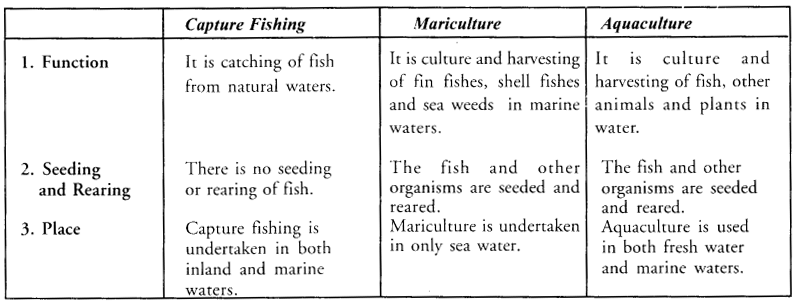
SELECTION TYPE QUESTIONS
Alternate Response Type Questions
(True/False, Right/Wrong, Yes/No)
Question 1.
Most fish production in inland water body is capture fishing.
Question 2.
Little Bee is Apis florae.
Question 3.
Light soil has good water retention capacity.
Question 4.
A common method of introduction of desired trait in a crop plant is hybridisation.
Question 5.
Food security depends upon availability and access to food.
Question 6.
Fish breed throughout the year.
Question 7.
Mullets are marine fish farmed in sea water.
Question 8.
A common cereal is gram.
Matching Type Questions :
Question 9.
Match the articles given in column I and column II (Single Matching)

Question 10.
Match the contents of columns I, II and III (Double Matching)

Question 11.
In composite fish culture mark the fish as top feeder (T), midzone feeder (M) and bottom feeder (B) (Check List or Key Items)

Question 12.
Match the Stimulus with Appropriate Response.

Fill in the Blanks
Question 13. Most of our food comes from …………….. and animals husbandry. ,
Question 14. Vegetables, spices and ……………. provide vitamins, minerals and small amount of nutrients.
Question 15. Out of 16 nutrients, seven are ………………. .
Question 16. Milk production can be increased by increasing ……………… period.
Question 17. Shell fish include prawns and ……………….. .
Answers:

SOME ACTIVITY BASED QUESTIONS
Question 1.
During heavy rains in a village, the rain water carried away excess of nitrogenous compounds present in the soil to a pond. How will it affect the growth of algae and phytoplankton in the pond ?
Answer:
Algae and phytoplankton will grow faster causing bloom.
Question 2.
Name two good fumigants.
Answer:
Ethylene dibromide and aluminium phosphide.
Question 3.
How do moisture and temperature affect the life of food materials ?
Answer:
High moisture content, and high temperature at the time of storage of any food material will decrease the life of food material due to :
(a) growth of micro-organisms,
(b) increased enzymatic spoilage of food.
Question 4.
State one indicator each for infestation by insects and rodents in stored food grains. Describe one method each for controlling the population of insects and rodents.
Answer:
Presence of cocoons, webs and weevilled grain indicates the infestation by insects.
Presence of excreta and holes in the bags indicates the infestation by rats.
Method of Controlling Insects in Storage by Fumigation. Fumigation is the most effective method for controlling the insect population in storage. Fumigants consist of volatile chemicals which quickly vapourise and kill the insects without affecting the grains, e.g. ethylene dibromide.
Depending on the quantity of grains to be fumigated, a certain number of EDB ampules wrapped in cloth are inserted a little below the surface of the grain and broken gently. The structure is left air-tight and undisturbed for a week. Toxic fumes diffuse and kill the insects.
Method of Controlling Rodents. Using single or multiple doses of rodenticide is the effective method of killing rodents. The baits can be prepared by mixing flour of cereals with jaggery or sugar with edible oil and rodenticide in right proportion, e.g., zinc phosphide.
Question 5.
Which one of the following is not a part of the biotic environment—
Man, air, trees, insects ?
Answer:
Air.
Question 6.
Name any two storage pests of foodgrains found commonly in India.
Answer:
Rice weevil and khapra beetle.
Question 7.
Why is chemical method of controlling pests not considered good ?
Answer:
The chemicals used are sprayed on the crop to prevent diseases which leads to environmental pollution.
Part of the chemicals penetrate the grains. They are harmful to animals and human beings.
Question 8.
“If we excessively use pesticides to safeguard the crop from blight, it may cause long term damage to the mankind. ” Justify the statement. (CCE 2011 )
Answer:
Pesticides are toxic, poisonous and often non-biodegradable chemical compounds. They have the following ill-effects on our body.
- They cause irritation to the skin and respiratory system.
- They can enter our system either directly or through the crop produce and harm us. So, due to these ill-effects, pesticides should be handled with care.
Question 9.
Why are kharif crops more susceptible to infestation than the rabi crops ?
Answer:
Kharif crops are more susceptible to infestation by pests because the humid and warm conditions at that time are favourable for infestation.
Question 10.
Give one example each of where fumigation and spraying is more suitable.
Answer:
Spraying is suitable for disinfecting the storage godown or structure before the food grains are stored into it. Fumigation is more useful in protecting the stored grains from pests.
Question 11.
Name two types of leguminous fodder which are relished by the cattle.
Answer:
Barseem and lucerne.
Question 12.
What does each of the following yield ?
(a) Jersey
(b) Murrah
(c) White leghorn
(d) 1R-8.
Answer:
(a) Milk
(b) Milk
(c) Egg
(d) Paddy.
Question 13.
Mention the percent protein content in milk, egg and fish.
Answer:
The percent protein content in
(a) Milk is 4%
(b) Egg is 13%
(c) Fish is 19%.
Question 14.
Name two cows that can yield 5000-6000 litres of milk during lactation period.
Answer:
Frieswal and Holstein friesian.
Question 15.
Name two varieties of Indian fishes.
Answer:
Fresh water fishes — Catla and Rohu
Marine fishes – Hilsa, Sardine
Question 16.
Name the two external factors that have favourable effect on egg laying of hens.
Answer:
Light intensity and duration of light affect the egg laying of hens.
Question 17.
Write two infectious diseases of each of cow and poultry.
Answer:
Diseases of cow – Foot and mouth disease and Cow Pox.
Diseases of poultry – Chick Pox and Aspergillosis
Question 18.
Name the main food component found in egg white.
Answer:
Proteins.
Question 19.
How many cows can be approximately impregnated by the semen from one bull ?
Answer:
3000 cows.
Question 20.
These are the varieties of poultry birds : ‘A ’and ‘B’ are Aseel and Busra, ‘C’ and ‘D’ are White Leghorn and Rhode Island Red. Which are indigenous and which are exotic ? What would you obtain if indigenous species is bred with exotic ? What would be the advantages of this process ?
Answer:
Aseel and Busra are indigenous. White Leghorn and Rhode Island Red are exotic.
Advantages of the Process. It produces hybrids that possess better characteristics of both the indigenous and exotic varieties like high yield and resistance to diseases.
Question 21.
Explain the term : varietal improvement.
Answer:
Varietal improvement is the development of new variety through scientific breeding which has better yield, better quality and higher resistance to diseases.
Question 22.
What is meant by mixed farming ? What are its advantages ?
Answer:
Mixed farming is the raising of different crops and animals on the same farm. It provides good income to the farmer.
Question 23.
Which one of the following crops would require a minimum quantity of NPK or urea for its proper growth : Paddy, Peas, Wheat, Sugarcane ?
Answer:
Peas.
Question 24.
What does the number, 1 : 2 mean in intercropping ?
Answer:
1 : 2 means, the row pattern with one row of the one crop and two rows of the intercrop.
Question 25.
A farmer was advised not to use a particular type of fertilizer for his crop after harvesting a crop of peas. Give one reason for such an advice. Name any two crops other than pea crop which might have shown the same effect.
Answer:
The farmer is following the practice of crop rotation. By this practice, the nitrogen lost due to wheat crop is replenished by peas, a leguminous crop. As a result, he does not have to use any nitrogenous fertilizer. Gram, Bean.
NCERT Solutions for Class 9 Science Chapter 15 Improvement in Food Resources
Hope given NCERT Solutions for Class 9 Science Chapter 15 are helpful to complete your science homework.
If you have any doubts, please comment below. Learn Insta try to provide online science tutoring for you.
